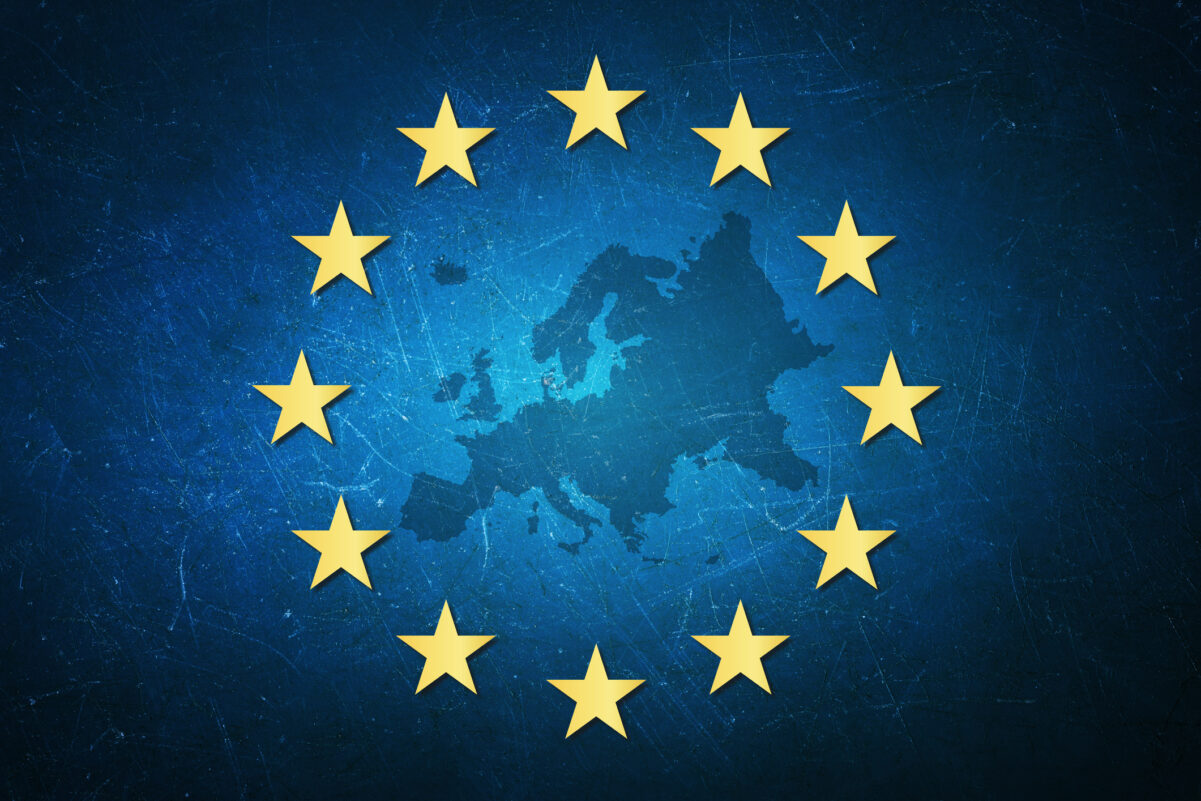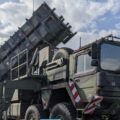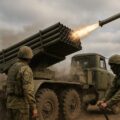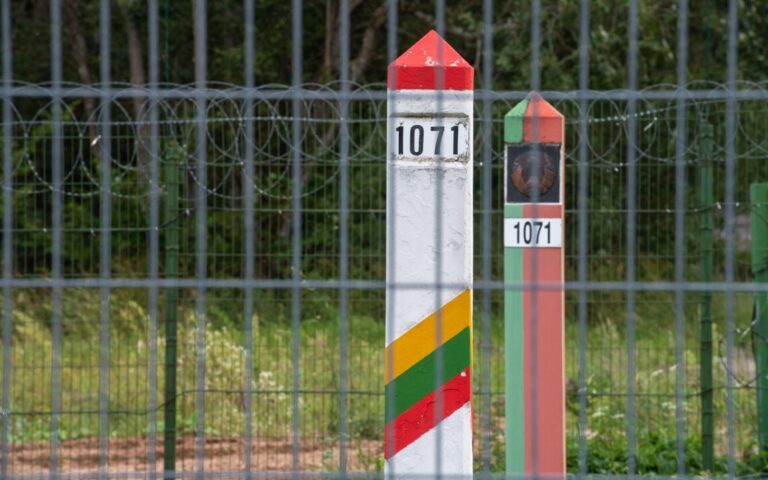
Europe’s Defense Industry on the Rise: How War and EU Programs Have Changed Weapons Production
7 million square meters this is now the total area of defense facilities under construction or expansion across Europe. The figure comes from Financial Times analysis of Sentinel-1 satellite radar imagery from the European Space Agency (ESA), covering around 1,000 images and identifying 150 sites owned by 37 defense groups.
The expansion pace is striking: in recent years it has become three times faster than before Russia’s full-scale invasion of Ukraine. This surge is no accident it is directly linked to multi-billion euro investment programs by the European Union, particularly ASAP (Act in Support of Ammunition Production).
ASAP was created to eliminate bottlenecks in the production of ammunition and missiles.
At just 88 sites funded by this program, the built-up area has grown from 790,000 square meters in 2020/21 to 2.8 million square meters in 2024/25.
The program’s goal is clear: to increase the output of shells and missiles to meet the needs of both Europe’s own armed forces and Ukraine, which receives support from the EU and NATO.
Key Projects: From Hungary to Norway
One of the largest projects is the Rheinmetall and N7 Holding plant in Várpalota, Hungary. It has already begun producing 30mm ammunition, and construction is underway for facilities to produce 155mm shells and 120mm ammunition for Leopard 2 tanks.
Significant expansion is also underway at:
- MBDA in Germany;
- Nammo in Finland;
- BAE Systems in the United Kingdom;
- Kongsberg in Norway.
Some of these facilities have also received EU funding via ASAP, worth €500 million.
Output Growth: Rheinmetall’s Record Targets
Rheinmetall plans to produce 1.1 million 155mm shells annually by 2027. In comparison, in 2022 the company produced only about 70,000. That is a more than fifteenfold increase in just five years a pace previously considered unattainable for European manufacturers.
The Next Step: New €1.5 Billion EU Program
The European Commission is already working on a new €1.5 billion defense program that, similar to ASAP, will stimulate production in:
- missiles;
- air defense systems;
- artillery;
- drones.
It is expected to help close technological gaps, particularly in the production of explosives and components for long-range missiles, which remain bottlenecks in Europe’s defense sector.
NATO’s Parallel Commitments: 5% of GDP for Security
On June 25, NATO members adopted the final declaration of the Hague summit, reaffirming their course toward significantly increasing defense budgets. By 2035, Alliance members will invest at least 5% of GDP annually in security needs:
- 3.5% of GDP for core defense requirements, including achieving agreed NATO defense targets;
- 1.5% of GDP for cybersecurity, protection of critical infrastructure, innovation, and defense industry development.
Quote from the declaration:
“Our investments will provide us with the forces, capabilities, resources, infrastructure, readiness, and resilience necessary for deterrence and defense in line with our three core tasks: deterrence and defense, crisis prevention and management, and cooperative security.”
Support for Ukraine: Integration into the Collective Security System
NATO confirmed that support for Ukraine is considered a contribution to the Alliance’s collective security. Direct contributions to Ukraine’s armed forces and its defense industry may be counted toward member states’ defense spending.
In addition, allies agreed to:
- simplify the trade of defense products within NATO;
- strengthen transatlantic defense cooperation;
- coordinate the evacuation of wounded soldiers in the event of large-scale war;
- develop partnerships in new technologies.
Why This Matters
Massive investment and infrastructure growth are not just a reaction to the war in Ukraine. They represent Europe’s strategic shift toward long-term defense mobilization.
High-speed construction and production launches mean that by the end of the decade, the EU could reach a weapons supply capacity comparable to the world’s leading military economies. But this also requires coordination among member states and the removal of bureaucratic barriers something NATO has already flagged as a risk.














